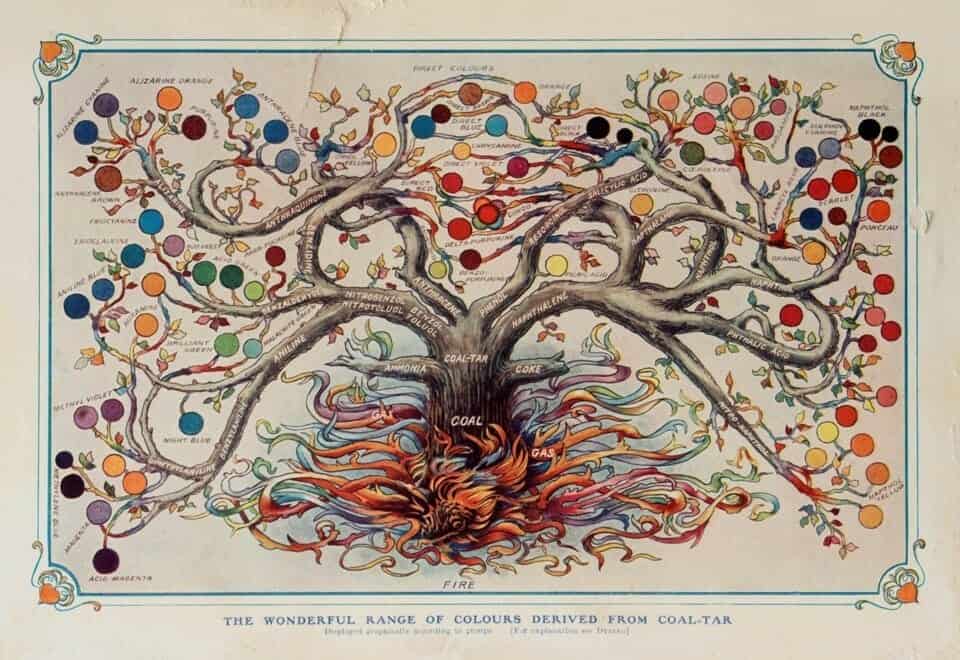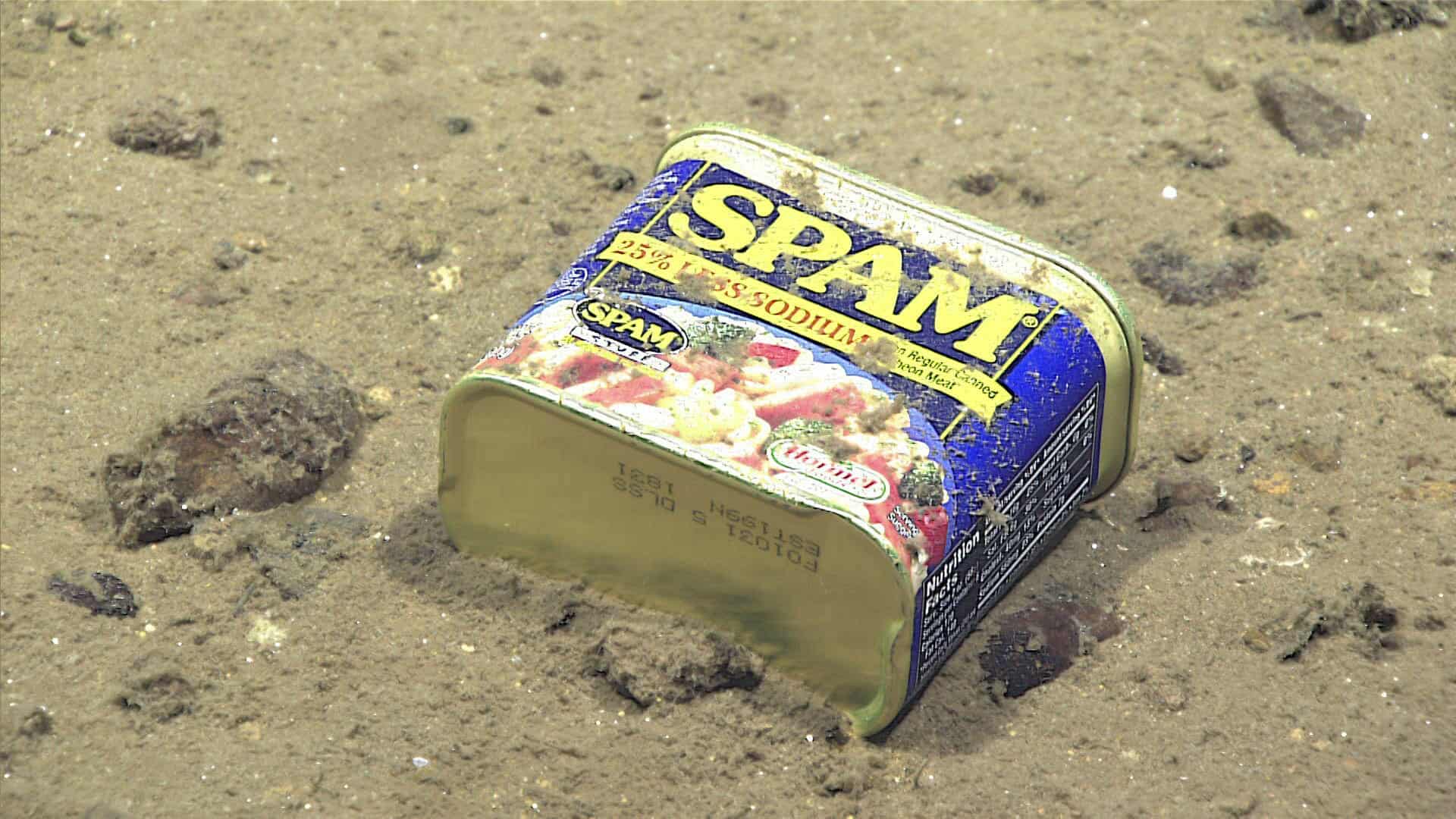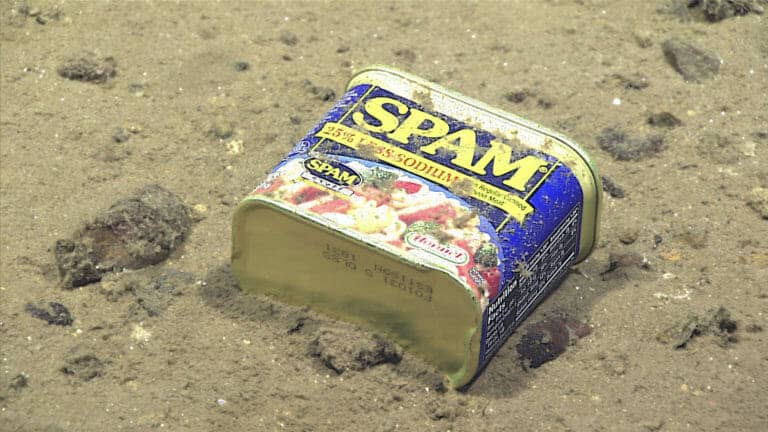Deep in the Mariana Trench, at depths lower than the Rockies are high, rests a tin of reduced-sodium Spam. NOAA scientists caught sight of it last year near the mouth of the Mariana’s Sirena Deep. It isn’t an isolated incursion, but it was nevertheless startling, the sight of those timeless golden letters bright against the deep ocean bottom.
Shortly after came news from another team of scientists who had found in the Mariana an innovation less familiar than shelf-stable meat, but far more significant.
In the bodies of deep-dwelling creatures were found traces of industrial chemicals responsible for the rise of modern America—polychlorinated biphenyls. PCBs had been detected in Hirondellea gigas, tiny shrimp-like amphipods scooped up by deepwater trawlers.

Results from the expedition, led by Newcastle University’s hadal-zone expert Alan Jamieson, were preliminary released last year and then published in February. PCBs have been found the world over—from the bed of the Hudson River to the fat of polar bears roaming the high Arctic—but never before in the creatures of the extreme deep, a bioregion about which science […]
Full article: How the Benzene Tree Polluted the World
More about benzene and public health:
- After the fire: Blazes pose hidden threat to the West’s drinking water
- ‘Like a Terror Movie’: How Climate Change Will Cause More Simultaneous Disasters
- Cancer-Causing Chemical Found in Some Santa Rosa Drinking Water
- Fracking Is Dangerous To Your Health — Here’s Why
More about: forever chemicals (PFAS, etc.), pollution, and public health



